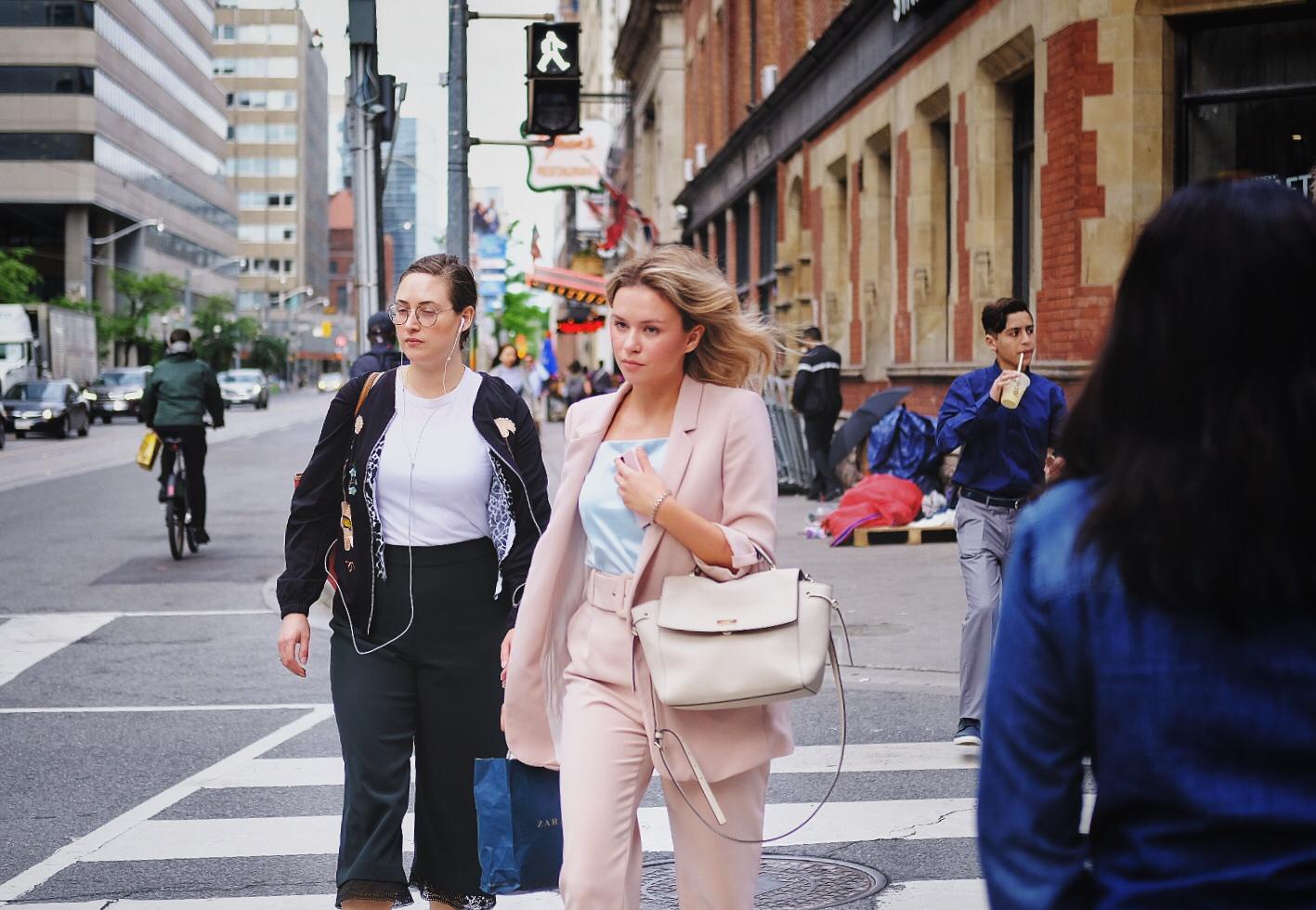Photography, like any art form, is not devoid of ethical considerations. From the model’s consent to the question of what and where we can photograph, and how much we can alter a photograph, photographers must navigate a delicate balance between their creative ambitions and ethical obligations. This article aims to shine a light on these critical areas: model consent, public space photography, and the ethics of photo editing.
Model Consent: More Than Just a Signature
Photographing individuals, especially in a studio setting, starts with one fundamental step: obtaining consent. But the issue of consent extends beyond a simple ‘yes’ or ‘no’. Here’s what every photographer should consider:
- Informed Consent: The person you are photographing should know why you are photographing them and where the photos will be used. A model release form is a standard method for securing explicit consent.
- Consider Vulnerability: When photographing vulnerable populations, such as children, or those who may not fully understand the implications of giving consent, additional care is necessary. This often includes obtaining consent from a legal guardian.
- Consent is Ongoing: Consent isn’t a one-time deal; it can be withdrawn at any time. If a person decides they no longer want their photo taken or used, their decision should be respected, even if they initially gave consent.
Photography in Public Spaces: Ethics vs. Legality
Just because you can legally photograph something or someone in a public space doesn’t mean you should. Here are some points to consider:
- Respect Personal Privacy: Even in public, individuals have a certain expectation of privacy. It’s essential to respect this boundary and avoid capturing people in compromising or private moments without their permission.
- Understand Cultural Expectations: Different cultures have different expectations regarding privacy and respect. When in a new place or unfamiliar setting, it’s crucial to research and understand these norms.
Editing Ethics: How Much is Too Much?
Digital editing tools have enabled photographers to turn ordinary shots into extraordinary pieces of art. But with great power comes great responsibility. Here’s how to ensure you’re editing ethically:
- Maintain Authenticity: While it’s tempting to remove every imperfection for an aesthetically pleasing result, it’s essential to preserve the authenticity of the image, particularly when it comes to photojournalism or documentary photography.
- Be Transparent: If an image has been significantly altered, it’s considered good practice to disclose this. Transparency helps maintain trust between you, your subjects, and your audience.
Wrapping Up
Navigating photography ethics can be a challenging task, especially given the rapidly changing digital landscape. However, by keeping these three main areas in focus, you can ensure your photography respects individual rights, cultural norms, and societal expectations.
Above all, always remember that ethical photography is about empathy and respect. By considering the impact of your actions on the subjects and communities you capture, you can create powerful, respectful, and ethically sound visual narratives.
In the ever-evolving world of photography, a strong ethical foundation is as crucial as the right equipment. Understanding and practicing photography ethics will not only safeguard your subjects’ dignity but also enrich your work with a deeper sense of purpose and connection.


0 Comment